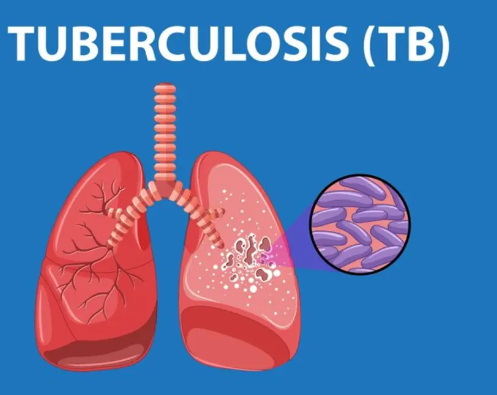Drug-resistant TB is the term used to describe tuberculosis microorganisms that have developed drug resistance. Continue reading to learn about its causes, risk factors, and ways to prevent it.
The bacterium that causes tuberculosis is airborne and can infect humans. The majority of TB cases are curable. But if patients don’t receive the right care, they might not survive. Drug-resistant TB is the term used to describe the TB microorganisms that have developed drug resistance. “The term Multi Drug Resistant Tuberculosis (MDR TB) is used when the bacteria get resistant to isoniazid and rifampicin, the two most important drugs used during treatment,” stated Dr. Vivek Kumar Verma, Principal Consultant, Pulmonology, Max Super Speciality Hospital, Dehradun.
Also read-World Hemophilia Day 2024: Acknowledging And Handling Frequently Occurring Disorders

When does multi-drug-resistant tuberculosis develop?
When TB medications are overused or prescribed incorrectly, or when a patient quits treatment midway through or fails to take their prescription medications, MDR-TB may develop.
According to Dr. Vivek Kumar Verma, drug resistance might arise as a result of mishandled cases, dosing errors, and poor usage length. Patients who have multidrug-resistant tuberculosis (MDR-TB) are more likely to recur after treatment.

Who is most likely to get it?
Dr. Pankaj Jain, Consultant Pulmonologist, Apollo Clinic, Viman Nagar, Bengaluru, enumerated the following people as being susceptible to multidrug-resistant tuberculosis:
- Avoid using medication on a regular basis.
- A recurrence of tuberculosis after taking TB medication in the past is possible if you don’t take all of the prescribed medications.
- Spending some time with an MDR tuberculosis patient that is well-known.

How to Avoid MDR Tube Disease:
Compared to TB, MDR-TB spreads more quickly and heals more slowly. Drug resistance can result from the improper or inappropriate use of antibiotics, the use of inadequate drug formulations (such as the usage of single medications, low-quality medications, or improper storage conditions), and the early termination of therapy.
According to Dr. Anupama Menon, a pediatric pulmonologist consultant at Rainbow Children’s Hospital in Marathahalli, Bengaluru, “TB and MDR TB are both airborne diseases that are spread in the same way.” People who don’t take their TB drugs as prescribed, have a history of TB relapse, come from countries where drug-resistant TB is prevalent, or have been around someone who has MDR-TB are at a higher risk of developing the disease.”

“Good hygienic habits and access to healthcare are essential for preventing tuberculosis of any type. Those who are infected must follow recommended hygiene practices, observe isolation protocols, adhere to treatment regimens, and let their healthcare professional know about any difficulties they may be having. In crowded or closed spaces, like shelters or hospital settings, extra caution must be used to ensure that the proper infection control measures are put in place,” she continued.
“Other measures include curing the TB patient the first time around, provide access to diagnosis (Drug resistance can be detected using special laboratory tests which test the bacteria for sensitivity to the drugs or detect resistance patterns), ensure adequate infection control in facilities where patients are treated and ensure appropriate use of recommended second-line drugs,” she stated.

Also read: Wishing To Get Pregnant: Expert Advice For Increasing Female Fertility
images source: Google
Disclaimer: The opinions and suggestions expressed in this article are solely those of the individual analysts. These are not the opinions of HNN. For more, please consult with your doctor




































